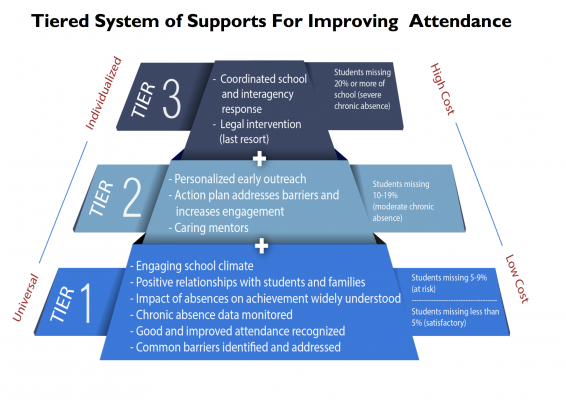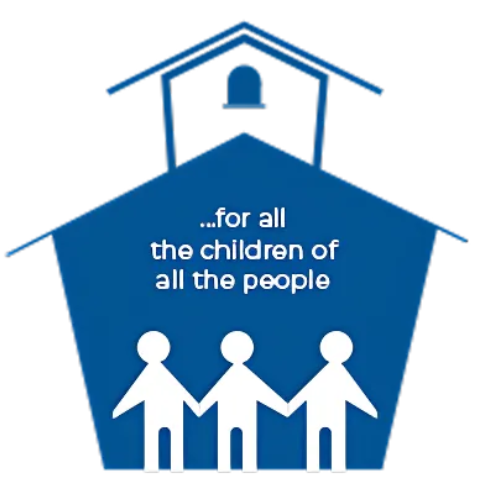
3 Tiers of Intervention
Reducing chronic absence fits nicely into the three-tiered reform systems being successfully implemented to reduce chronic absenteeism in schools and districts across the U.S. Tier 1 represents universal strategies to encourage good attendance for all students. Tier 2 provides early intervention for students who need more support to avoid chronic absence. Tier 3 offers intensive support for students facing the greatest challenges to getting to school.
Attendance Works has created a handout (below) showing examples of interventions that schools and districts should try at each tier. A worksheet (below) allows educators to assess what steps they are taking now and what more than can do to reduce chronic absence.

What type of intervention can you use for each tier? Download Worksheet
Make Your Own Pyramid worksheet (Type answers into this document) Download Worksheet
Source:
Attendance Works
Recent Posts




